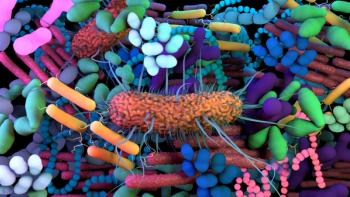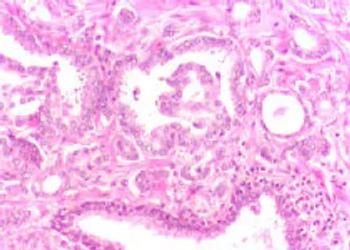
Melanoma Treatment Strategy Uses Nutrients to Activate Cancer’s Own Weakness
Studies show in mice show that targeting the metabolic pathways could inhibit the growth of melanoma and combining this strategy with other treatments could enhance the therapeutic effect.
Researchers have developed a counterintuitive approach to treating melanoma: feed cancer cells nutrients to produce pigment, then exploit that process to shut down tumor growth.
The research team, led by Wenbo Bu, M.D., from Fudan University, Shanghai, China, published in Nature Nanotechnology, reactivated a metabolic pathway that melanoma cells typically suppress. Instead of starving cancer cells, scientists at Fudan University essentially gave them specific nutrients to restart melanin production, which unexpectedly caused the tumors to self-destruct.
“Our strategy for metabolism activation-based tumor treatment suggests specific nutrients as potent activators of metabolic pathways,” the study authors wrote. “Under certain conditions, a particular nutrient may inhibit tumor growth.”
The strategy of reprogramming tumor metabolism, which is the approach used by the study authors, is gaining broader traction in melanoma research. A July 2025
The use of nutrients to disrupt melanoma cells is delivered with specialized nanoparticles loaded with l-tyrosine, an amino acid that serves as the building block for melanin, called MTyr–OANP. In healthy melanocytes, or cells that give skin its color, melanin production operates normally. But melanoma cells shut down this pigment-making process as they become cancerous and more aggressive.
When researchers from the Nature Nanotechnology paper delivered concentrated l-tyrosine directly to melanoma cells using their engineered nanoparticles, something unexpected happened. The cells began producing melanin again, but the byproducts of that process interfered with glycolysis, the cellular process tumors rely on for rapid growth. Essentially, the cancer cells poisoned themselves with their own melanin production.
The team tested their approach in multiple melanoma cell lines, including four human-derived types. In each case, reactivating melanin production significantly reduced tumor cell growth and migration. When tested in mice with melanoma, the treatment slowed tumor growth and improved survival rates.
The researchers combined this finding with another approach to develop an even more effective approach to eradicating cancer cells. Since melanin is naturally excellent at absorbing heat, they added infrared laser treatment to their nutrient therapy, causing temperatures in tumors to rise to 44 degrees Celsius (approximately 111 degrees Fahrenheit), while untreated tumors barely warmed.
This dual treatment completely eliminated tumors in mice and prevented recurrence for nearly two months of observation. All mice receiving this therapy remained alive and cancer-free at the end of the seven-week monitoring period, compared with untreated mice, highlighting the durability of this therapeutic approach.
“The tumors in the ‘MTyr–OANPs + laser’ group completely disappeared after only 6 days of treatment,” the study authors wrote. “More excitingly, during the following 49 days of observation, the tumours in the ‘MTyr–OANPs + laser’ group did not recur.”
The study suggests this nutrient-based approach could work for other cancers beyond melanoma. The researchers pointed to liver cancer, where gluconeogenesis is typically downregulated, and ovarian cancer, where certain metabolic pathways are inhibited. The key lies in identifying which metabolic processes each cancer type suppresses, then using nanotechnology to deliver the right nutrients to reactivate those pathways, the study authors wrote.
In terms of safety signals, the nanoparticles showed no negative effects on healthy cells even at high concentrations and caused no health problems in mice at therapeutic doses, according to the study. The nutrients themselves are naturally occurring and safe.
“Our results provide conclusive evidence that, like inhibiting hyperactivated metabolic pathways, reactivating hypoactive metabolic pathways has the potential to counteract tumor growth,” the study authors wrote. “As a new direction along the reverse thinking logic, this study suggests that this nutrient-based metabolism reactivation strategy will inspire broad applications in the treatment of other diseases associated with metabolic disorders.”
Newsletter
Get the latest industry news, event updates, and more from Managed healthcare Executive.






















































